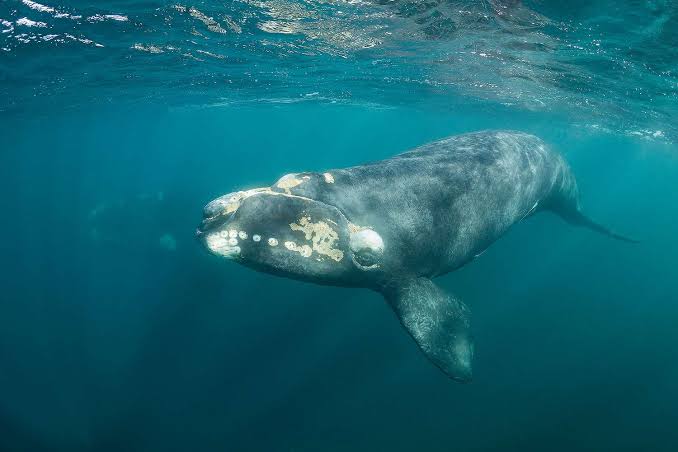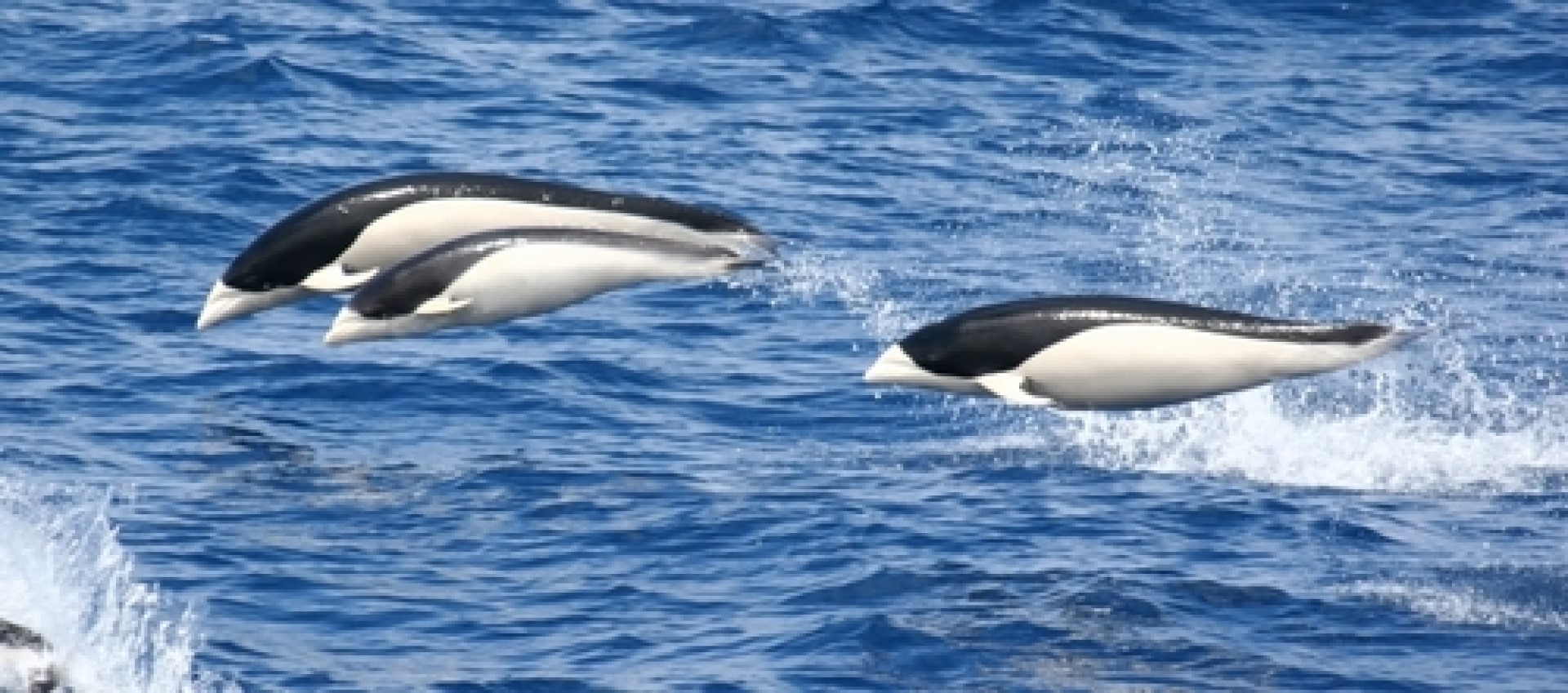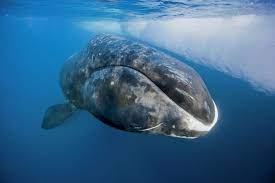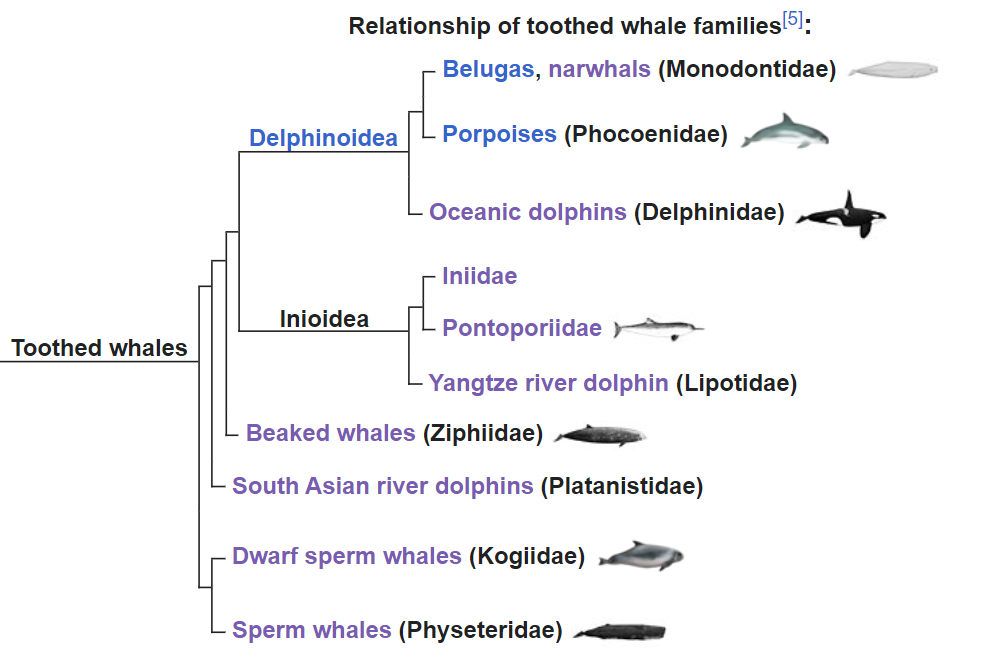
The Northern right whale was hunted to the brink of extinction – with less than 500 left when hunting ended. To put this in perspective, only 300 Southern right whales were left when hunting stopped, it is thought that there are now 3000-4000 Southern right whales.
Now, it is true that historically the Southern right whale is thought to have numbered as 55,000-70,000 individuals, suggesting that the current population is 3-5% of historic numbers.
However, the current estimate for the Northern right whale population is 386. While has the Southern right whale population grown over 1000%, and in the same time, the northern right whale population declined?
What is different?
Continue reading “Our behaviour may be still pushing the Northern right whale to extinction – entanglements may use as much energy as rearing all young”



 Also known as
Also known as 











